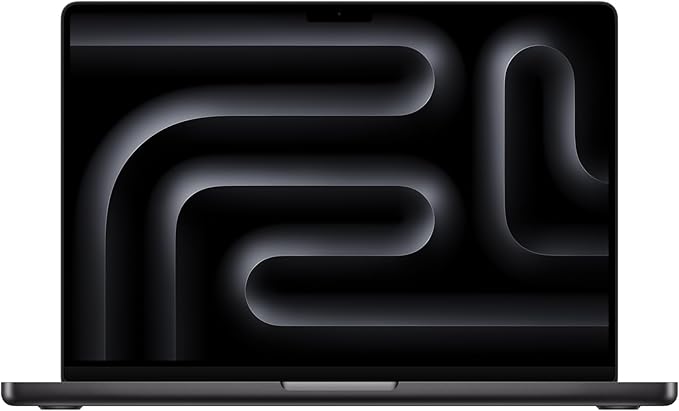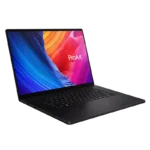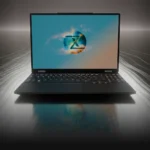Whether you’re a bedroom beatmaker, a touring DJ, or just getting started with music production, one thing’s for sure: Ableton Live runs best on the right laptop. If your computer lags, overheats, or can’t handle multiple plugins, your creativity suffers. That’s why picking the right laptop isn’t just a tech decision—it’s a music decision.
In this guide, we’ll break down the best laptops for Ableton Live in 2025, covering performance, portability, battery life, and real-world usability. No fluff. Just the best tools to help you make music that moves.
🎯 What to Look for in a Laptop for Ableton Live
Before diving into laptop models, let’s quickly cover the must-haves for a smooth Ableton experience:
- ✅ Fast Processor (CPU) – Handles real-time effects, synths, automation
- ✅ At Least 16GB RAM – More memory = smoother workflow
- ✅ NVMe SSD Storage – For fast project loading and sample access
- ✅ USB-C or Thunderbolt – Connect audio interfaces with low latency
- ✅ Good Thermals – No overheating during long sessions
- ✅ Quiet Fans – Especially important during recording
You want a machine that won’t let you down in the middle of a track or live set.
🔥 Top 5 Laptops for Ableton Live (2025)
1. MacBook Pro 14” (M4 Chip) – The Gold Standard

Best for: Producers who want stability, power, and battery life.
Apple’s M4 chip is an absolute beast for music production. Ableton Live runs super smooth, even with dozens of tracks and effects. Plus, you get up to 18–20 hours of battery, nearly silent fans, and native support for Core Audio.
- 💻 14″ Liquid Retina XDR Display
- 🔋 All-day battery life
- 🚀 Up to 128GB RAM, 2TB SSD
- 🎧 Perfect for Logic Pro, Ableton, FL Studio
Why it’s great: It’s fast, stable, and ultra-quiet. Great for studios and live performance.
2. MSI Prestige 16 AI Evo – Power Meets Portability
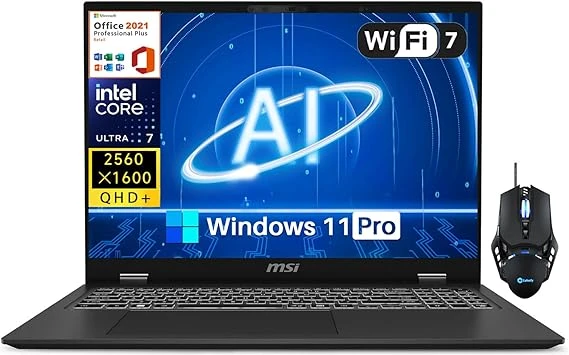
Best for: Windows users who want speed and stunning visuals.
This laptop has one of the best OLED displays in the game and comes with Intel’s latest Arrow Lake chip. Whether you’re editing MIDI, arranging samples, or recording vocals, the MSI Prestige delivers.
- 💻 4K OLED 16” display
- 💨 Intel Core Ultra 9 285H
- 🧠 32GB RAM, 1TB SSD
- 🔌 Thunderbolt 4 support
Why it’s great: Lightweight, powerful, and battery-efficient. Great for working on the go.
3. Dell 16 Premium (2025) – Windows Beast
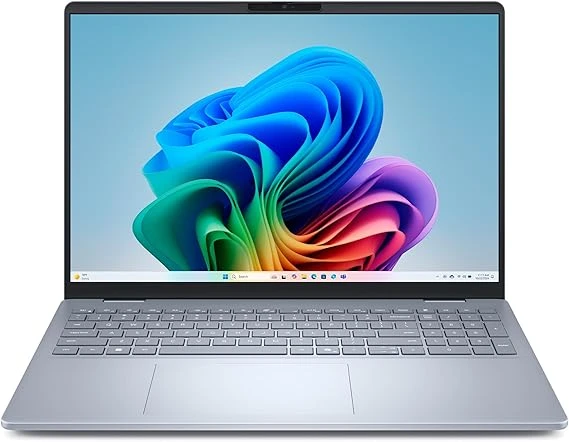
Best for: Producers looking for raw power and expandability.
This machine is built for performance. It handles VSTs, multi-track recording, and live sets with ease. With Thunderbolt 5 and a 4K OLED screen, you’re future-proofed.
- ⚡ Intel Arrow Lake CPUs
- 🎮 Optional discrete GPU (great for visuals too)
- 🧠 Up to 64GB RAM
- 🔋 9–10 hours battery (depending on load)
Why it’s great: Clean design, killer specs, and plenty of room to grow.
4. ASUS ProArt StudioBook 16 – Creative’s Dream
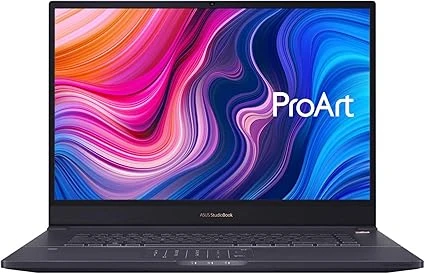
Best for: Producers working with visuals, audio, and plugins.
This one’s a multitasker’s dream. With Ryzen AI chips, RTX graphics, and a built-in dial controller, it’s made for people who live inside DAWs.
- 🎨 3.2K OLED screen
- 🧠 64GB RAM, up to 4TB SSD
- 🎛️ Creator DialPad for controlling Ableton macros
- 🔌 Full-size ports + HDMI + SD
Why it’s great: Studio-level performance in a creative-friendly shell.
5. Surface Laptop Studio 2 – Flexible & Functional
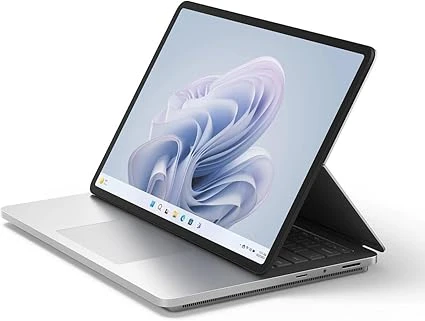
Best for: Live performers and touchscreen users.
Its unique hinge lets you bring the screen forward like a tablet—awesome for live shows or drawing automation curves. Add in RTX graphics and solid speakers, and you’ve got a laptop ready for anything.
- 💻 14.4″ 120Hz touchscreen
- 🎧 Dolby Atmos speakers
- 🧠 Up to 64GB RAM
- 🔋 Great battery for a hybrid laptop
Why it’s great: Creative freedom with the power to match.
💡 Budget Pick: MacBook Air M4 (2025)
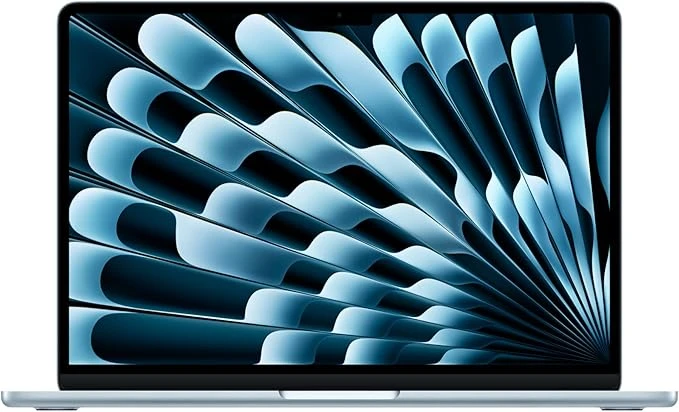
If you’re just getting into music production, the MacBook Air M4 is a killer entry point. It’s fast enough for small projects, runs Ableton like a champ, and has battery for days.
- 💰 Affordable
- 🧠 16GB RAM recommended
- 🔋 18+ hour battery
- 🎧 Perfect for learning and light production
⚙️ Pro Tips for a Smooth Ableton Experience
- Close background apps – Save RAM and CPU.
- Use SSD storage only – External HDDs can slow down sample loading.
- Optimize buffer size – Lower it for recording, raise it for mixing.
- Always plug in for live shows – Avoid sudden power drops.
- Invest in a good audio interface – It matters just as much as your laptop!
📌 Final Thoughts – Which One Should You Get?
Here’s the deal:
- Want ultimate power and macOS polish? → MacBook Pro M4
- Prefer Windows and portability? → MSI Prestige 16
- Need a creative studio laptop? → ASUS ProArt 16
- Starting out? → MacBook Air M4 has your back.
Ableton Live deserves a laptop that won’t hold you back. Whether you’re mixing a new single, performing live, or learning music production, these laptops will keep up with your flow.
Frequently Asked Questions
Technically, Ableton’s latest Live 12 needs 8 GB RAM (per official specs). In real-world studio work, though, most folks bump to 16 GB so you can juggle sample libs, virtual instruments, and effects without hiccups. Under 8 GB, expect dropout nightmares.
To run Ableton smoothly, you’ll want a quad-core processor (Intel i5 or AMD Ryzen 5), at least 8GB of RAM (16GB for heavy plugin use), an SSD for quick sample loading, plus a solid audio interface with low-latency drivers. A few USB ports and a headphone jack wrap it up nicely.
If you’re diving into music production, Apple’s MacBook Pro steals the show thanks to rock-solid performance, excellent audio drivers, and seamless Logic Pro X integration. On the Windows side, Dell’s XPS lineup and Microsoft’s Surface Book pack serious punch with powerful CPUs and sleek designs. Pick what fits your workflow.

